Wat Pho Bangkok
₹ 166 onwards
View Bangkok PackagesTop Hotel Collections
Weather :
Label : Top Attraction
Tags : Buddhist Temple
Timings : 8:00 AM - 6:30 PM
Entry Fee : THB 200
Planning a Trip? Ask Your Question
Ways to Experience this attraction
Wat Pho, Bangkok Overview
Wat Pho is a famous temple located immediately south of the Grand Palace precinct in Bangkok. The highlight of Wat Pho is the Reclining Buddha. Standing tall at 45 m long and 15 m high, it is one of the largest in the world. The Thai Traditional Medical and Massage School is also located here.
The soles of the feet of the statue are inlaid with precious stones and adorned with 108 signs of true faith. The earlobes of the idol signify noble birth, while the lotus-bud configuration of the hand symbolizes purity and beauty. The temple also houses the country's most extensive collection of Buddha images.
Spread across a vast area of 8 hectares, Wat Pho or Wat Chetuphon is a Buddhist place of worship built by King Rama I. Wat Pho was a centre of healing when it was established centuries ago by King Rama III. Known to be Thailand's first "university", the temple is still considered a healing place. Today, tourists come here to admire the Temple of the Reclining Buddha, as it is known. The idol of Buddha is so vast that one can only see it in parts.
Must Know Before You Visit Wat Pho
Must Know :
- Respect the images of Buddha, and refrain from touching or stepping on one. Only permitted workers can climb up a statue to clean or place offerings.
- Follow the dress code. Avoid wearing clothes above your knees. A sarong could be purchased or rented outside the temple. Take off your shoes before entering religious buildings.
- A water bottle and WiFi are included in the ticket price.
Wat Pho Highlights
1. The Reclining Buddha

Read More on Wat Pho
Temple Complex at Wat Pho
1. Phra Ubosot
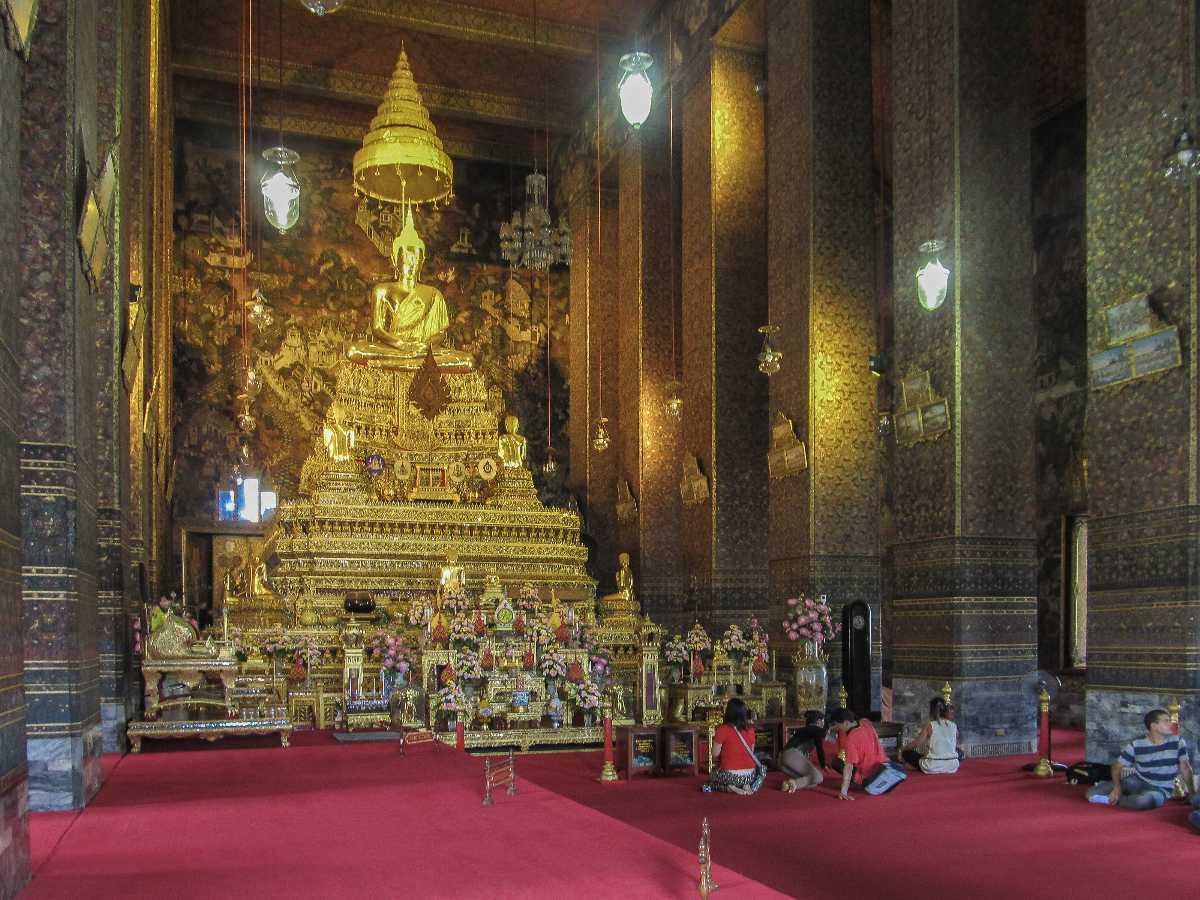
(Source)
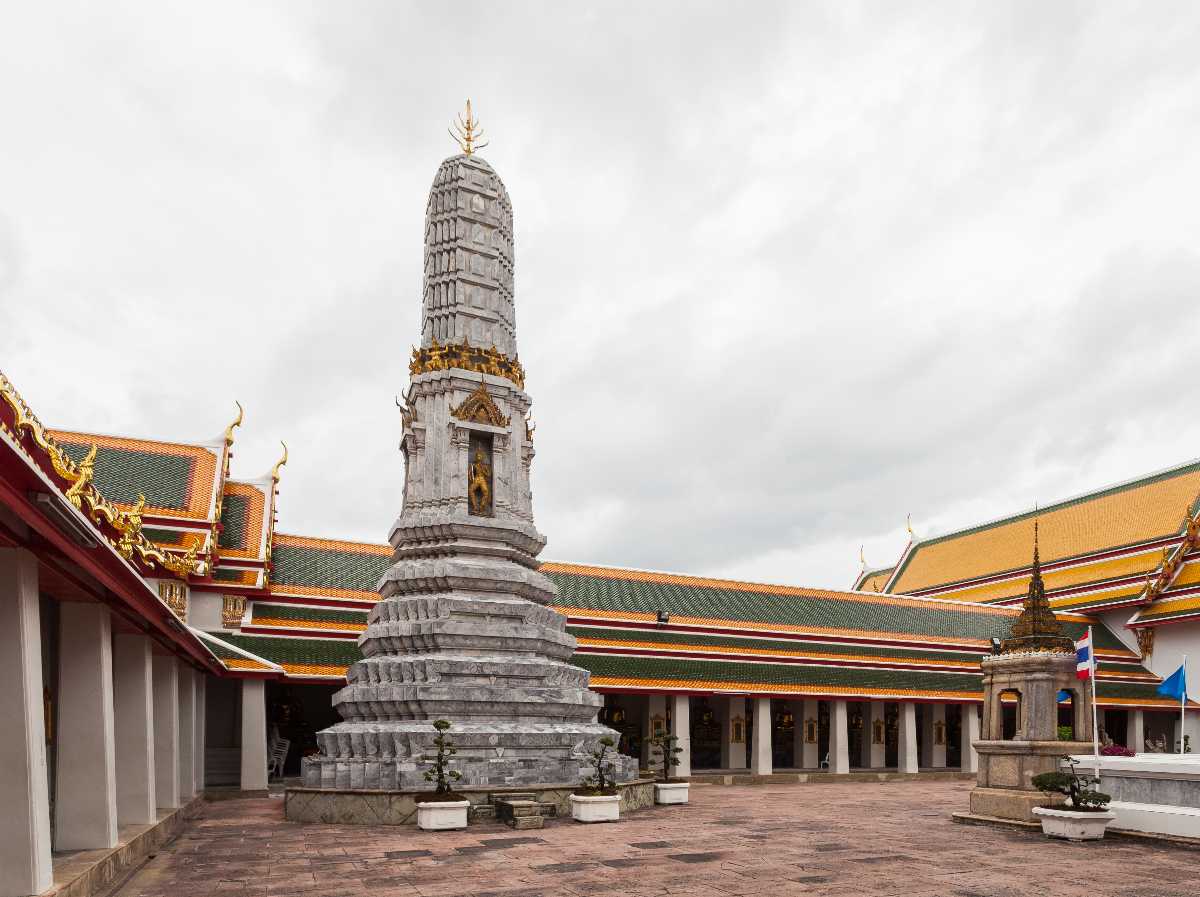
(Source)
2. Chedis Dedicated to the Four Kings
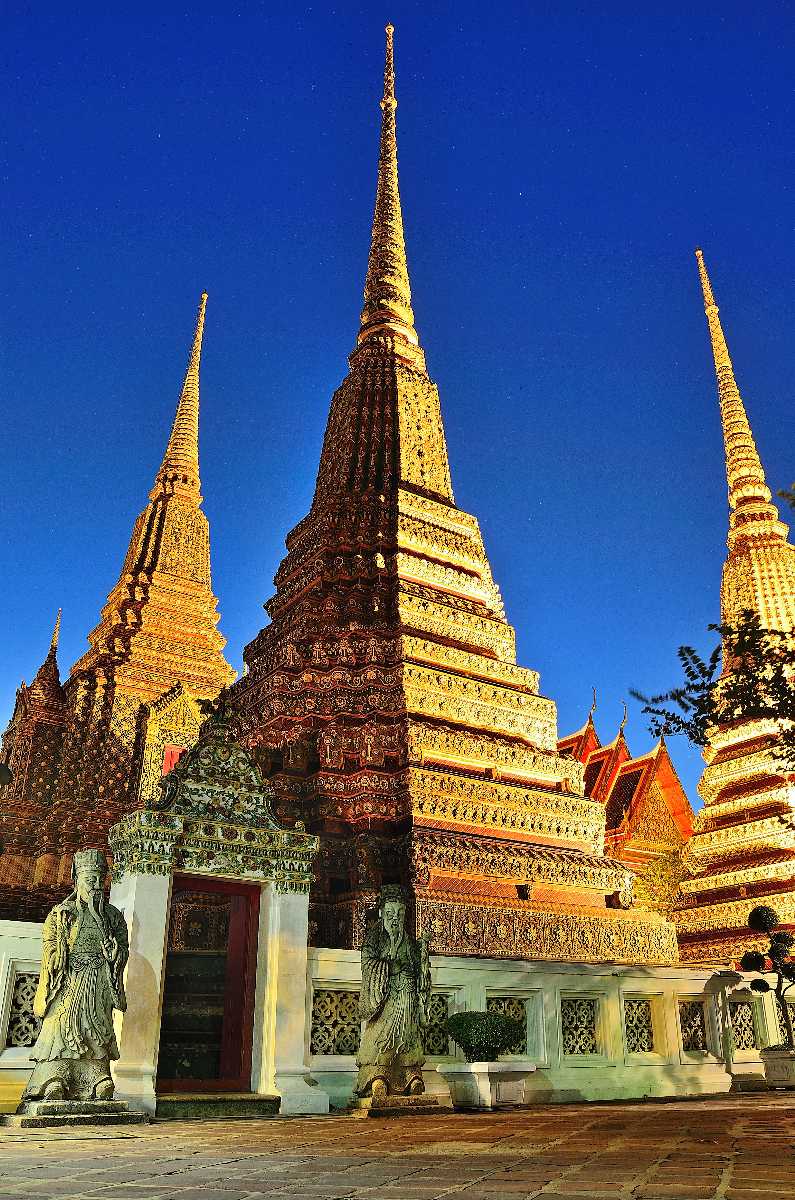
Chakri dynasty kings
(Source)
3. Phra Mondop
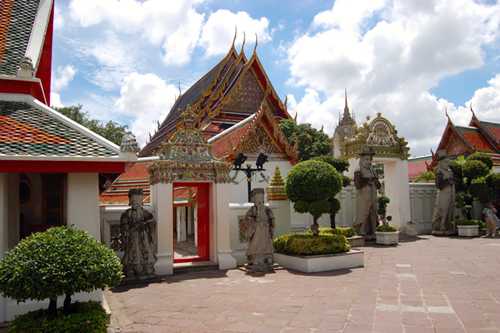
(Source)
4. Missakawan Park
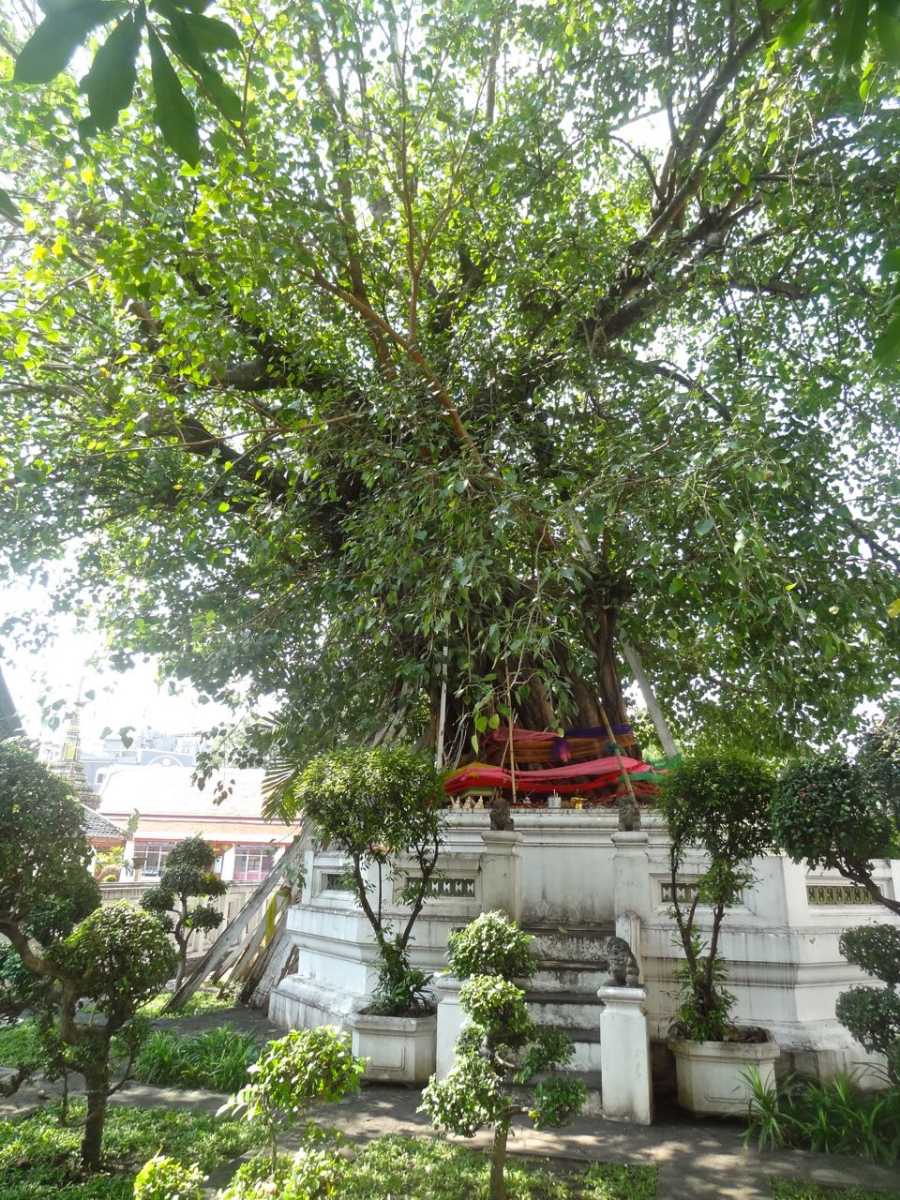
(Source)
5. Vihara of the Reclining Buddha
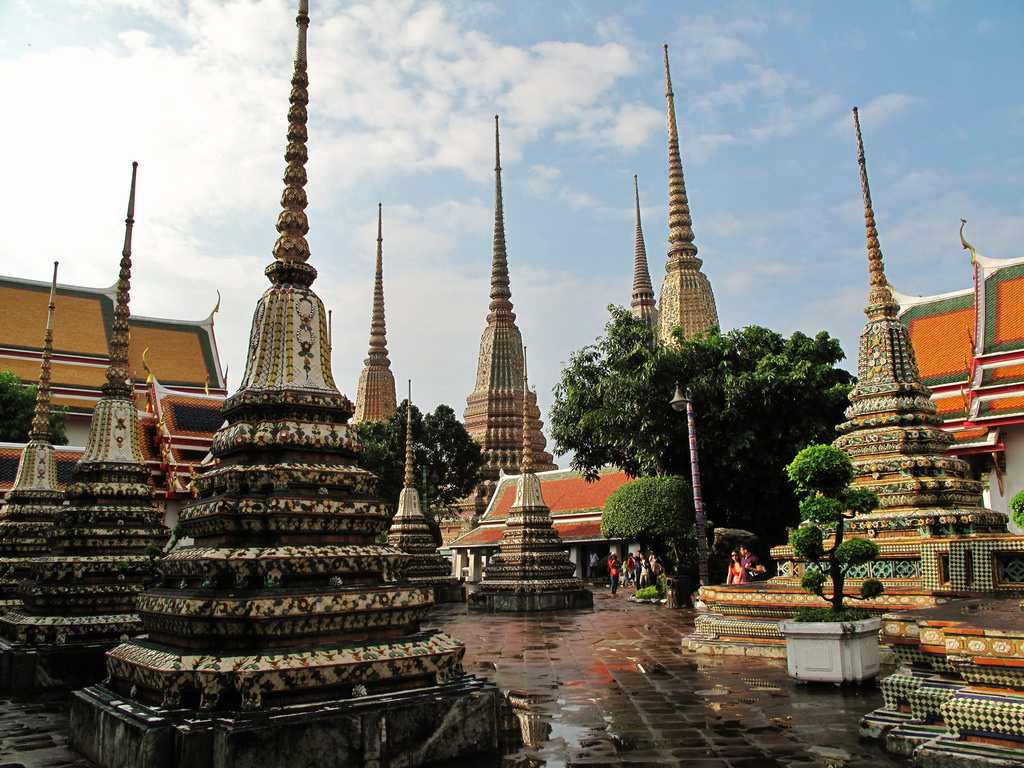
(Source)
6. Thai Massage
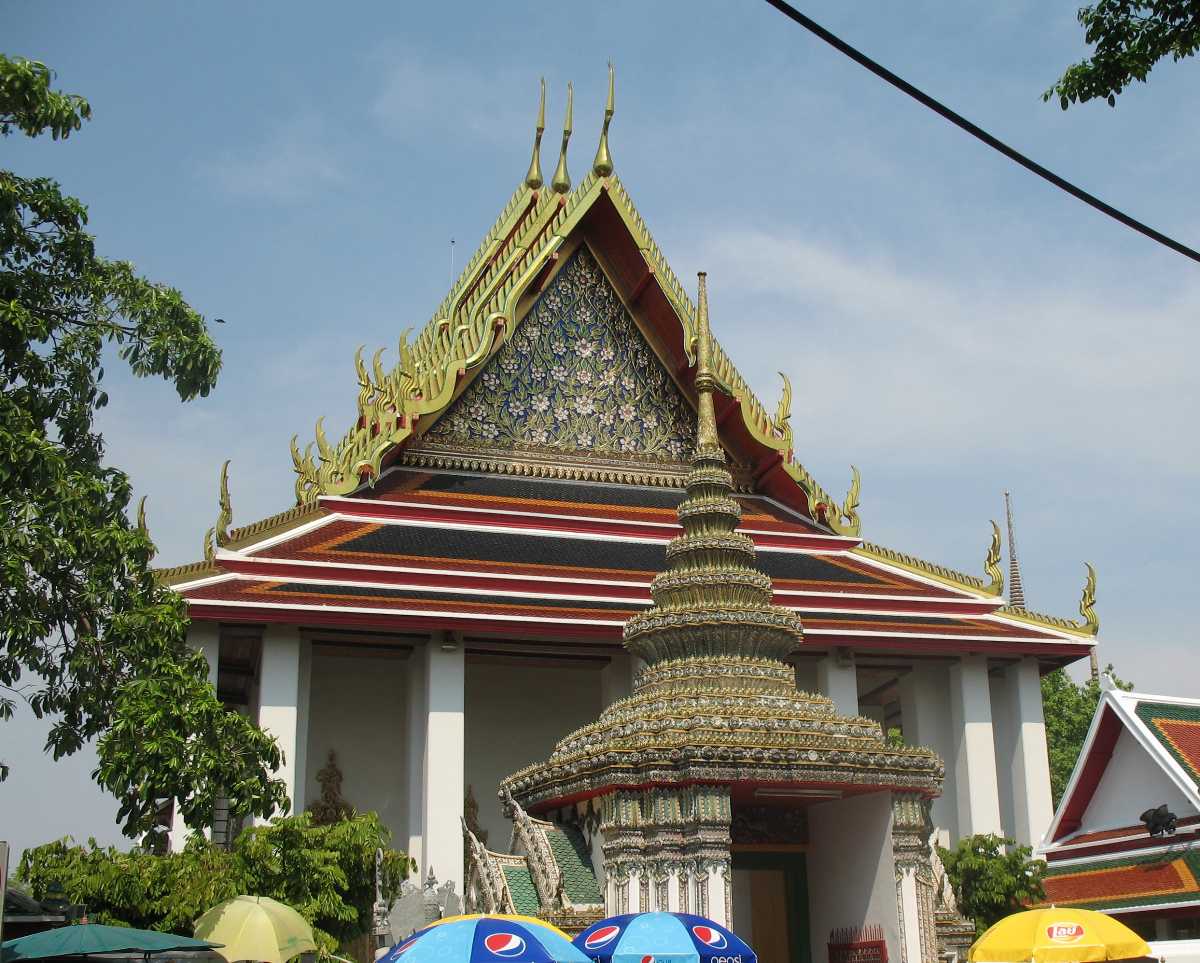
(Source)
Since Wat Pho is considered as the birthplace of Thai massage, it is only natural that you'd want to get a massage here, especially after a long day of walking around and exploring Bangkok.
Wat Pho Significance
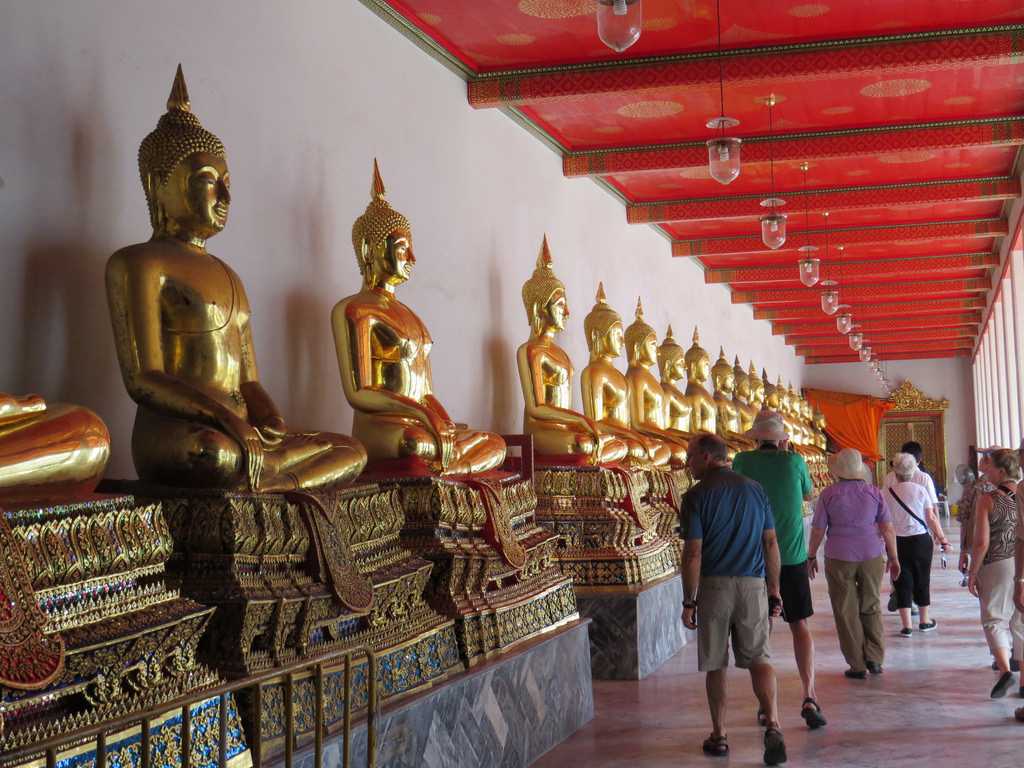
(Source)
History of Wat Pho
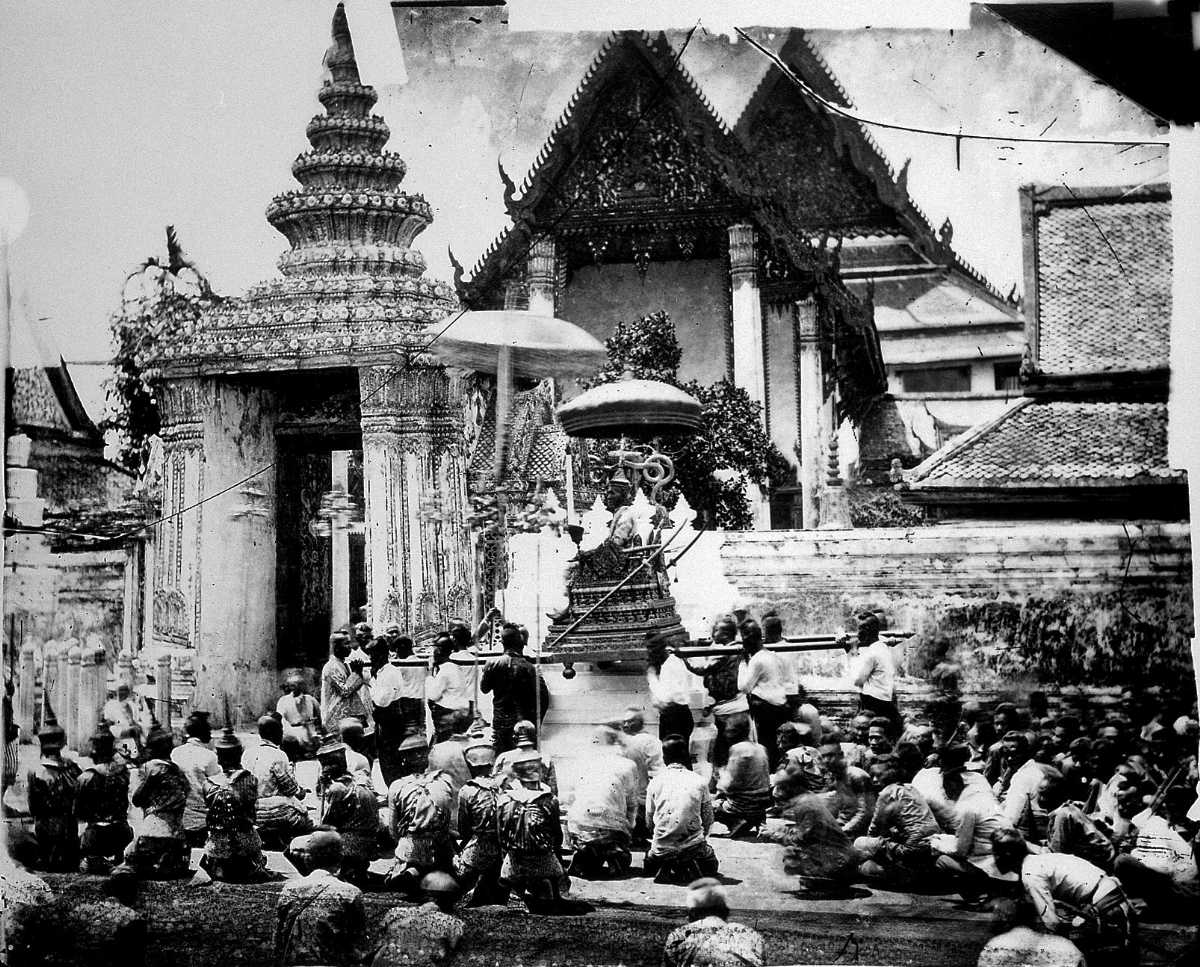
(Source)
_3_20180924123559.jpg)
Architecture of Wat Pho
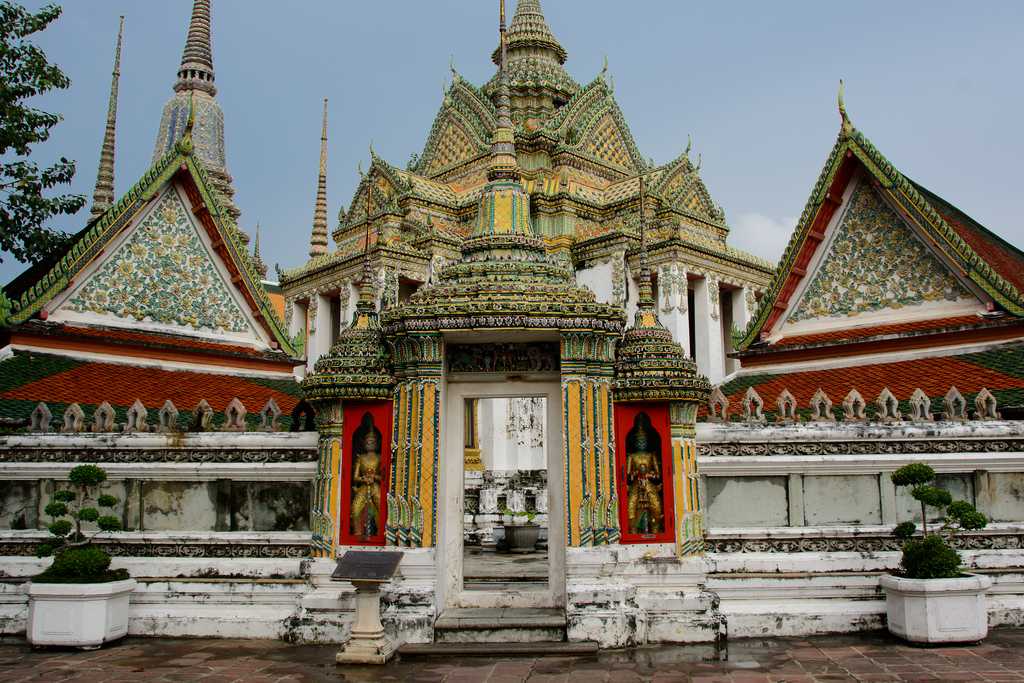
(Source)
How To Reach Wat Pho Bangkok
Top Hotel Collections
Top Hotels Near Wat Pho
Wat Pho Reviews

Have a Question on Wat Pho?

experience.